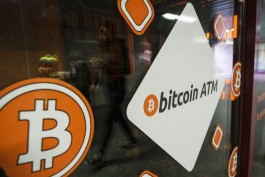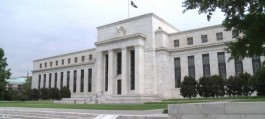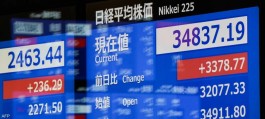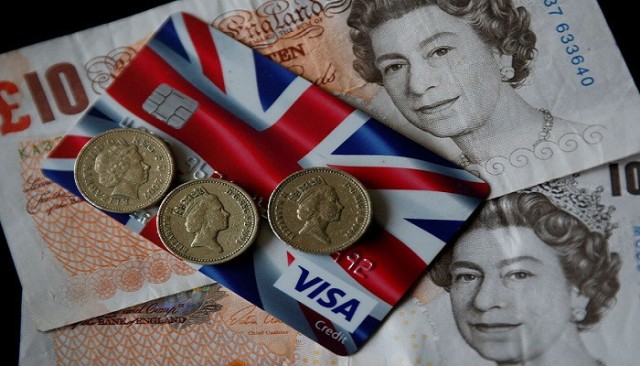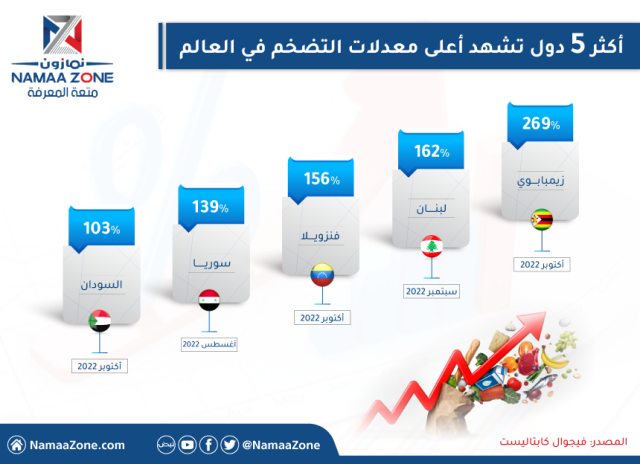The inflation rate in Britain last December recorded its lowest level in three months, reaching 10.5%.
According to Reuters, the decline in the headline inflation rate came from 10.7% in November, in line with expectations of economists polled, and far from the highest level it reached in 41 years at 11.1% in October.
Low inflation provided some relief to the Bank of England and British households, but food and drink prices continued to rise at their fastest pace since 1977.
While the decline in gasoline and clothing prices affected the main rate of inflation, the prices of food and non-alcoholic beverages increased by 16.8% compared to the previous year, which is the largest increase since September 1977.
ONS chief economist Grant Fitzner said: “Food prices continue to rise, with prices also increasing in shops, cafes and restaurants.
Core consumer price inflation, which excludes energy, food, alcohol and tobacco, remained steady at 6.3% in December.
Core consumer price inflation is viewed by economists as a better guide to underlying inflation trends.
The Bank of England predicted in November that core consumer price inflation would drop to around 5% by the end of 2023 as energy prices stabilize, but policymakers warned of continued upward pressure on inflation due to a contracting labor market and other factors.
Financial markets expect the Bank of England to raise its key interest rate to 4% from 3.5% on February 2nd, in its quarterly update of its growth and inflation forecasts.
The British pound rose slightly against the dollar after this data.
After the data was published, British Chancellor of the Exchequer Jeremy Hunt said that the high rate of inflation was a nightmare for household budgets, hurting business investment and leading to strikes.
He added: We need to adhere to our plan, no matter how harsh it is, to reduce the inflation rate.
Hunt objected to union demands for higher wages in the public sector, with many workers going on strike because wages were rising at a much slower pace than inflation, and at a lower rate than average wages in the private sector.



















